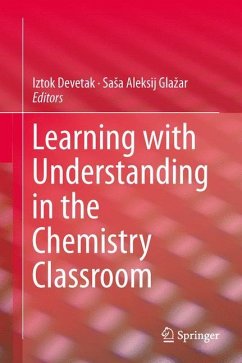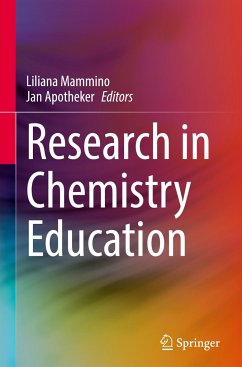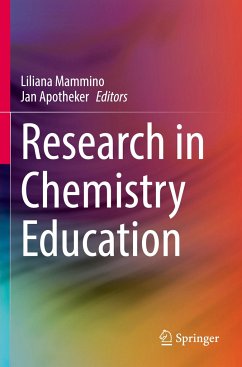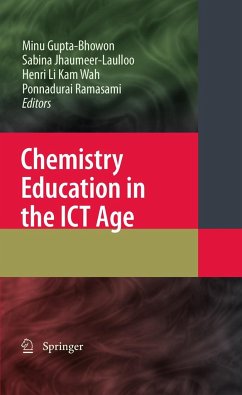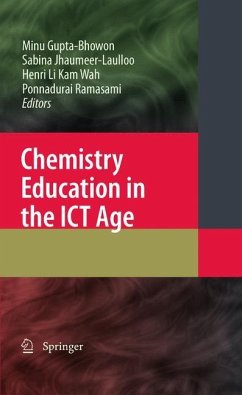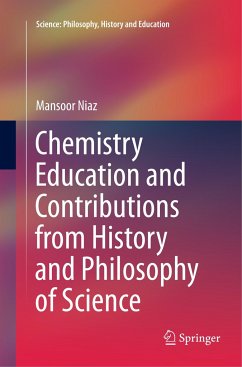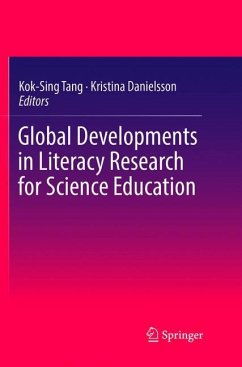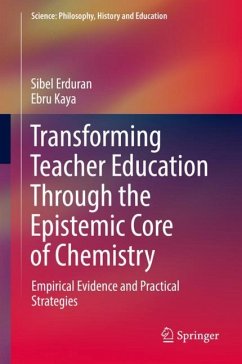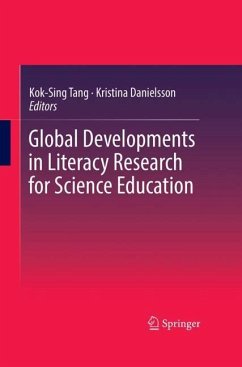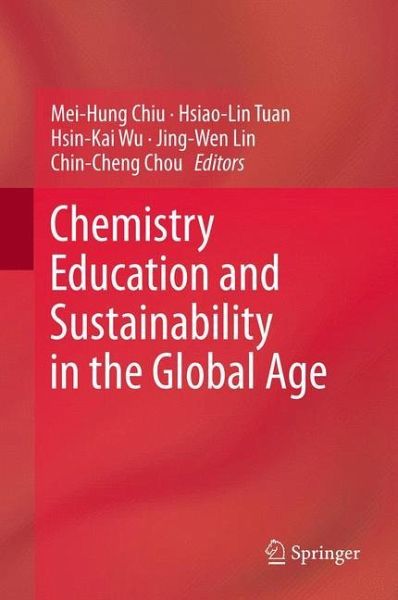
Chemistry Education and Sustainability in the Global Age

PAYBACK Punkte
61 °P sammeln!
This edited volume of papers from the twenty first International Conference on Chemical Education attests to our rapidly changing understanding of the chemistry itself as well as to the potentially enormous material changes in how it might be taught in the future. Covering the full range of appropriate topics, the book features work exploring themes as various as e-learning and innovations in instruction, and micro-scale lab chemistry. In sum, the 29 articles published in these pages focus the reader's attention on ways to raise the quality of chemistry teaching and learning, promoting the pub...
This edited volume of papers from the twenty first International Conference on Chemical Education attests to our rapidly changing understanding of the chemistry itself as well as to the potentially enormous material changes in how it might be taught in the future. Covering the full range of appropriate topics, the book features work exploring themes as various as e-learning and innovations in instruction, and micro-scale lab chemistry. In sum, the 29 articles published in these pages focus the reader's attention on ways to raise the quality of chemistry teaching and learning, promoting the public understanding of chemistry, deploying innovative technology in pedagogy practice and research, and the value of chemistry as a tool for highlighting sustainability issues in the global community.
Thus the ambitious dual aim achieved in these pages is on the one hand to foster improvements in the leaching and communication of chemistry-whether to students or the public,and secondly to promote advances in our broader understanding of the subject that will have positive knock-on effects on the world's citizens and environment. In doing so, the book addresses (as did the conference) the neglect suffered in the chemistry classroom by issues connected to globalization, even as it outlines ways to bring the subject alive in the classroom through the use of innovative technologies.
Thus the ambitious dual aim achieved in these pages is on the one hand to foster improvements in the leaching and communication of chemistry-whether to students or the public,and secondly to promote advances in our broader understanding of the subject that will have positive knock-on effects on the world's citizens and environment. In doing so, the book addresses (as did the conference) the neglect suffered in the chemistry classroom by issues connected to globalization, even as it outlines ways to bring the subject alive in the classroom through the use of innovative technologies.




